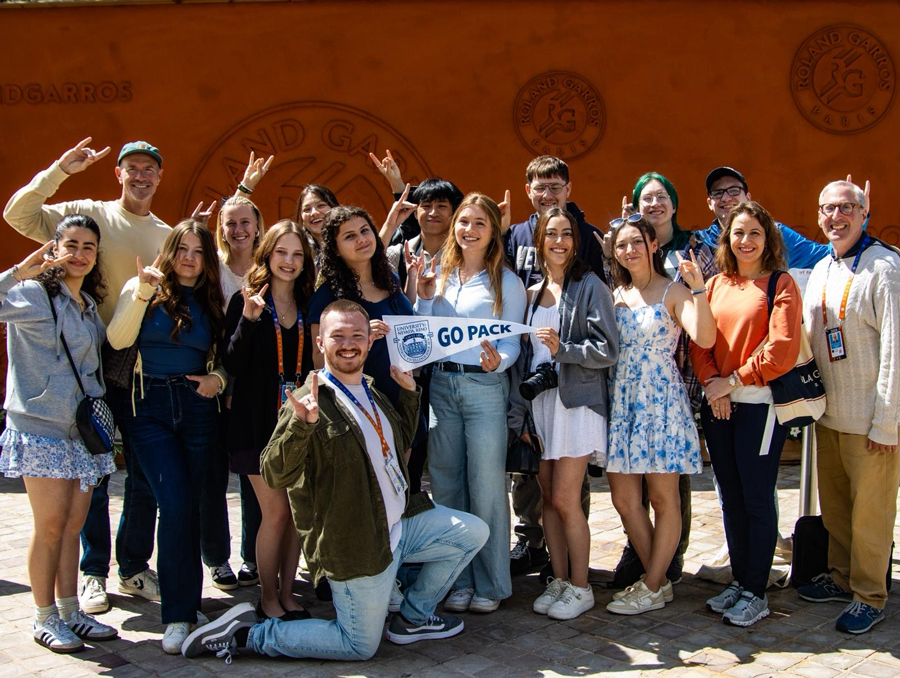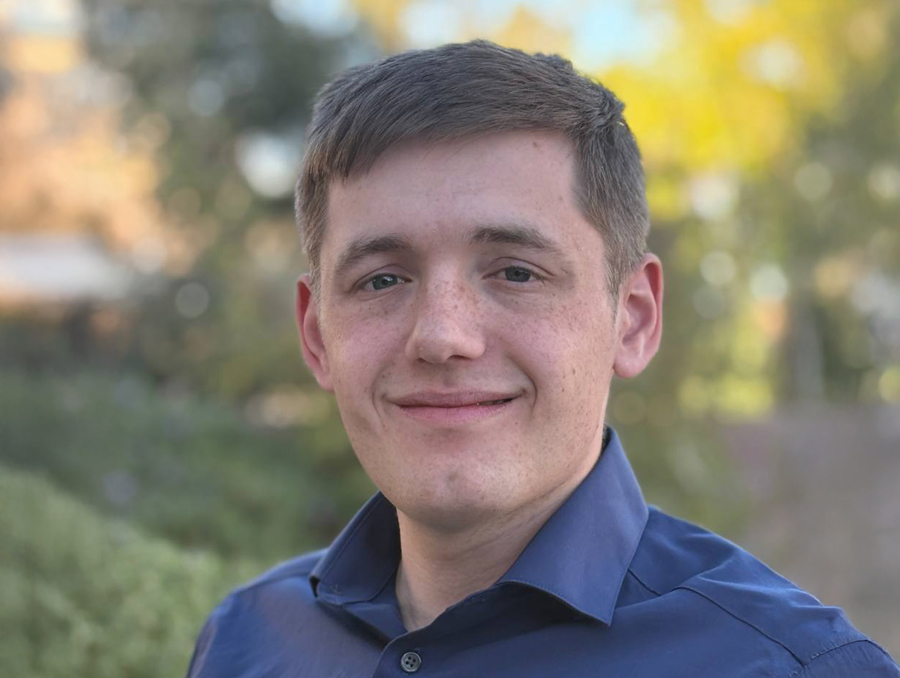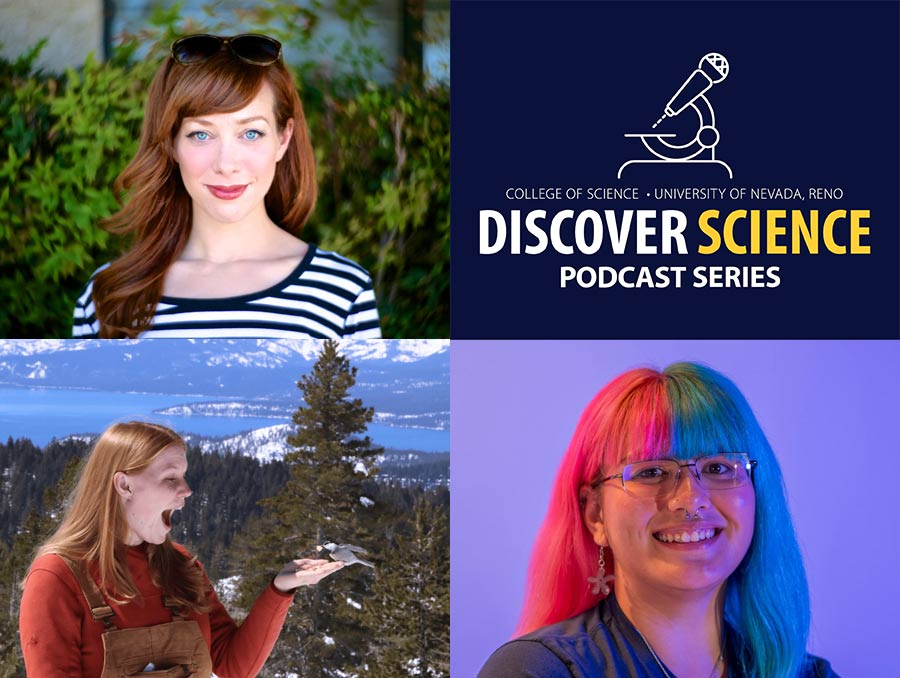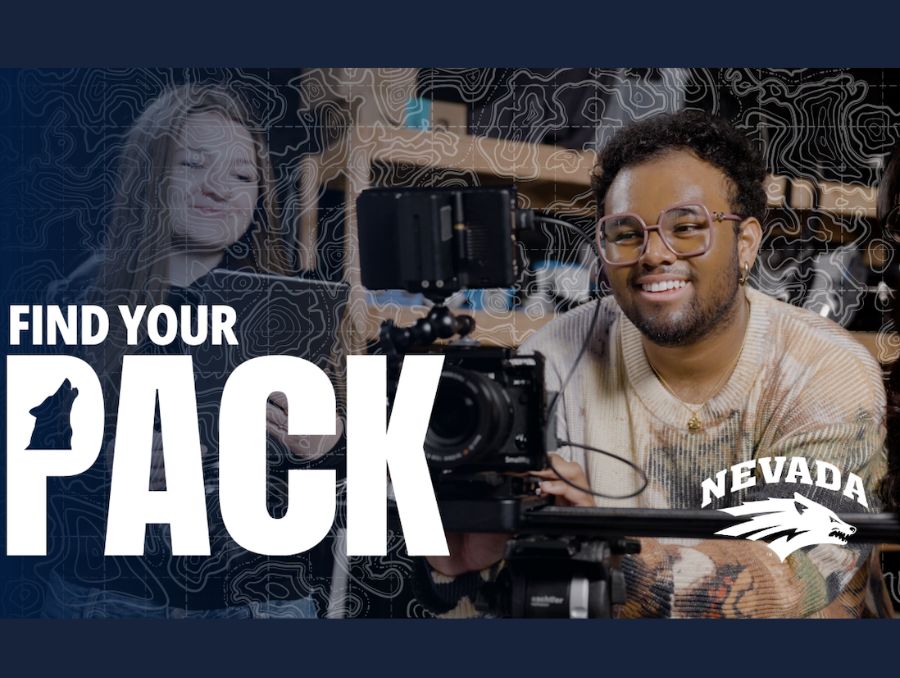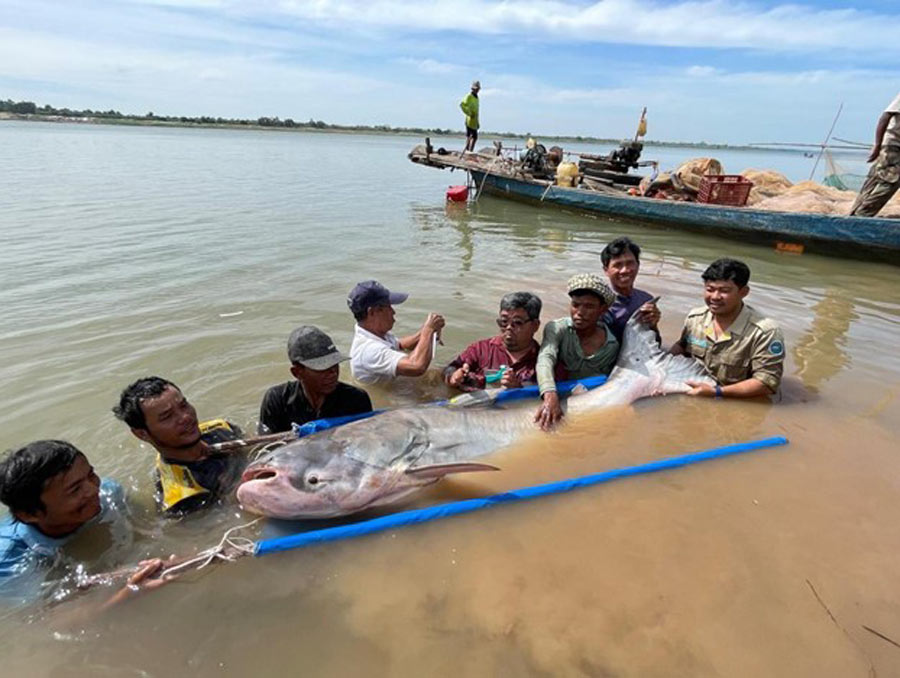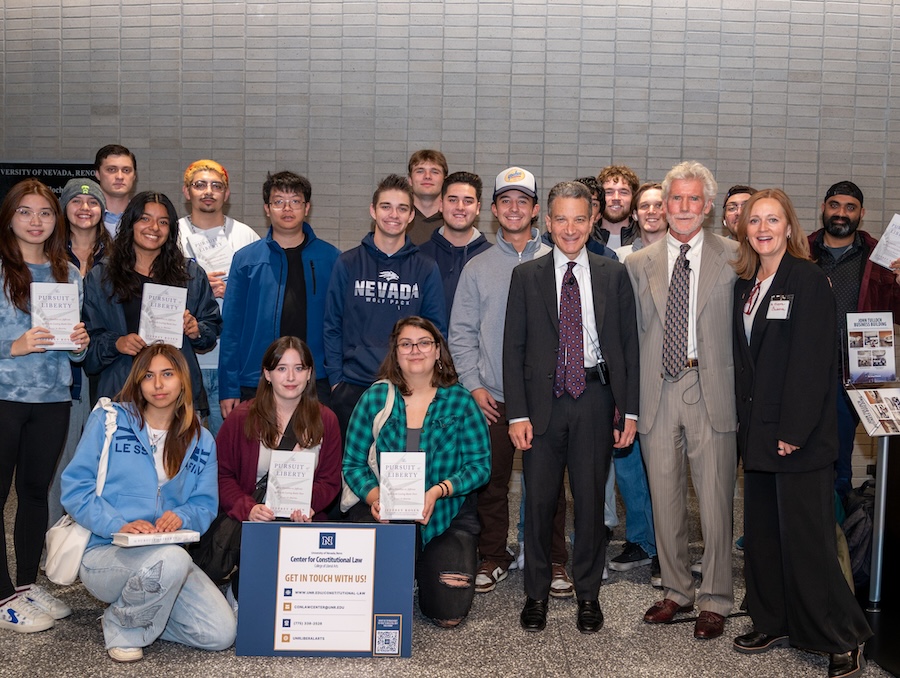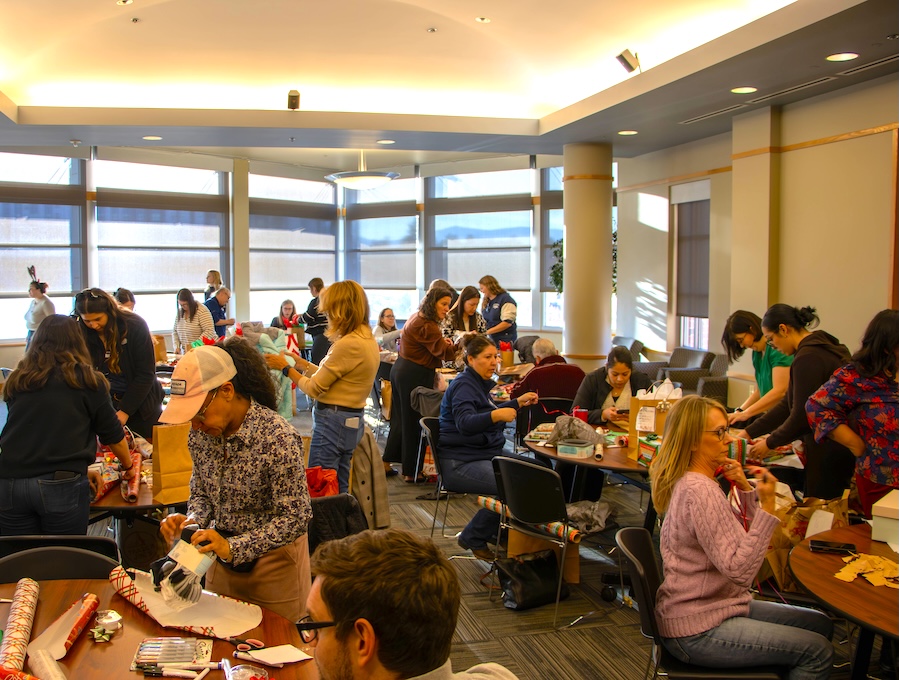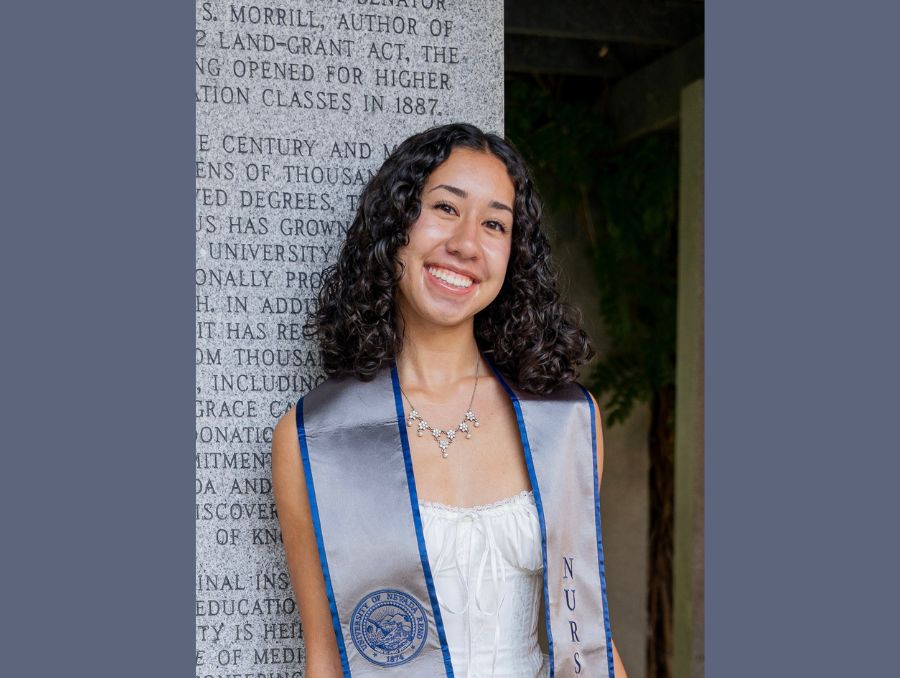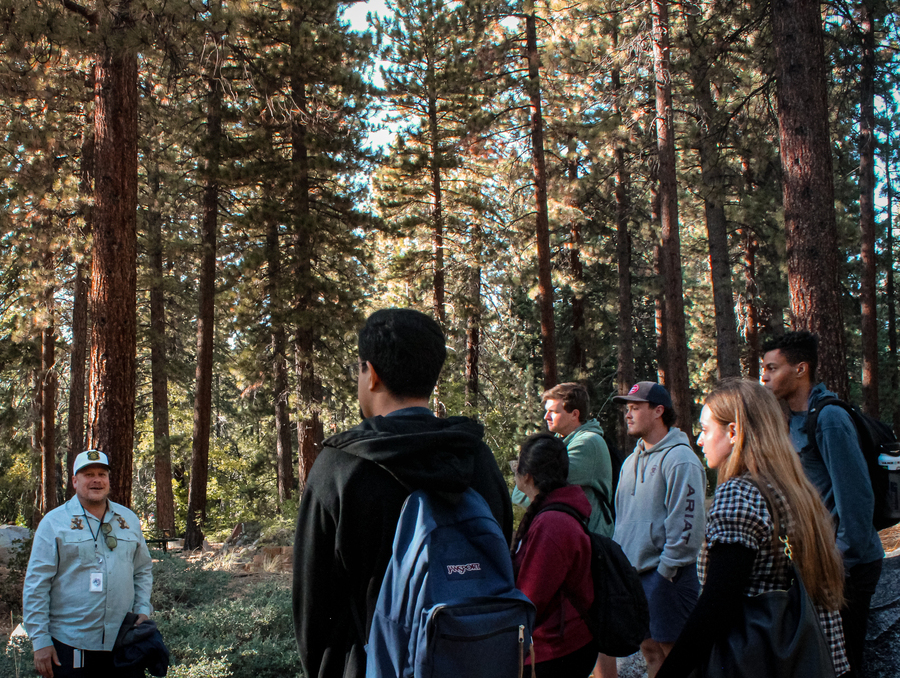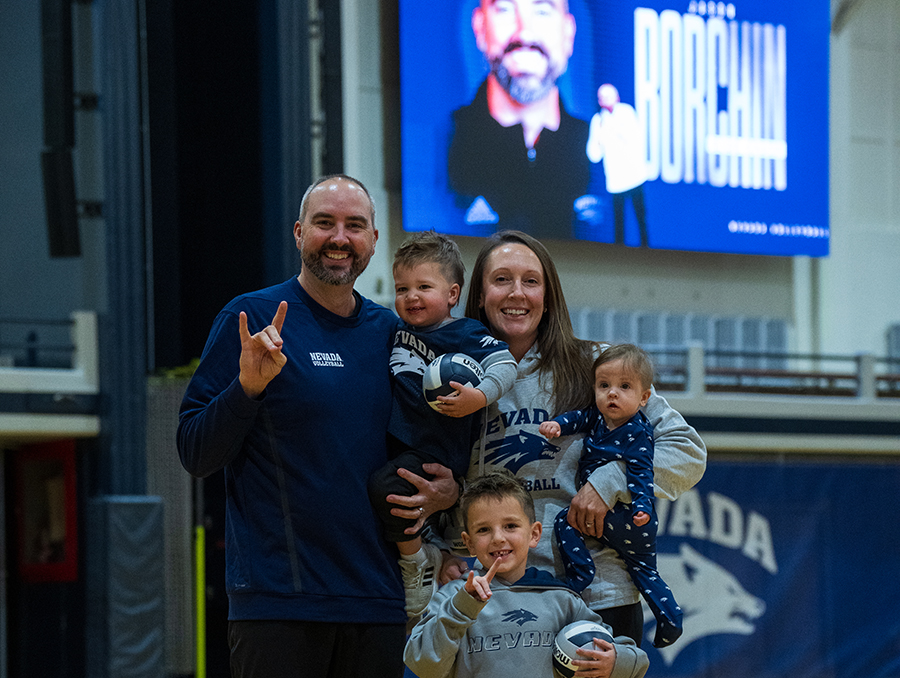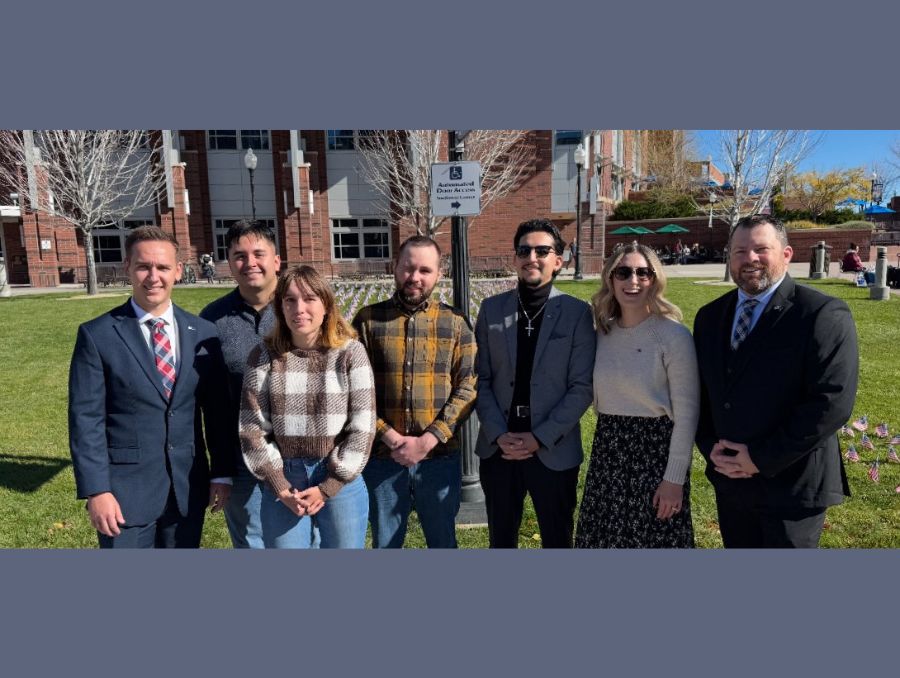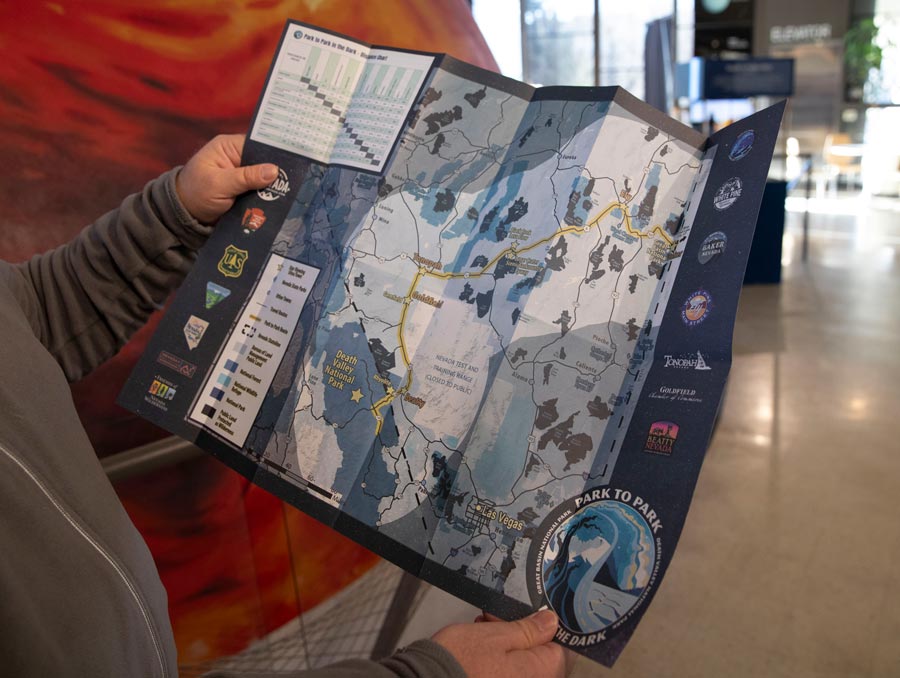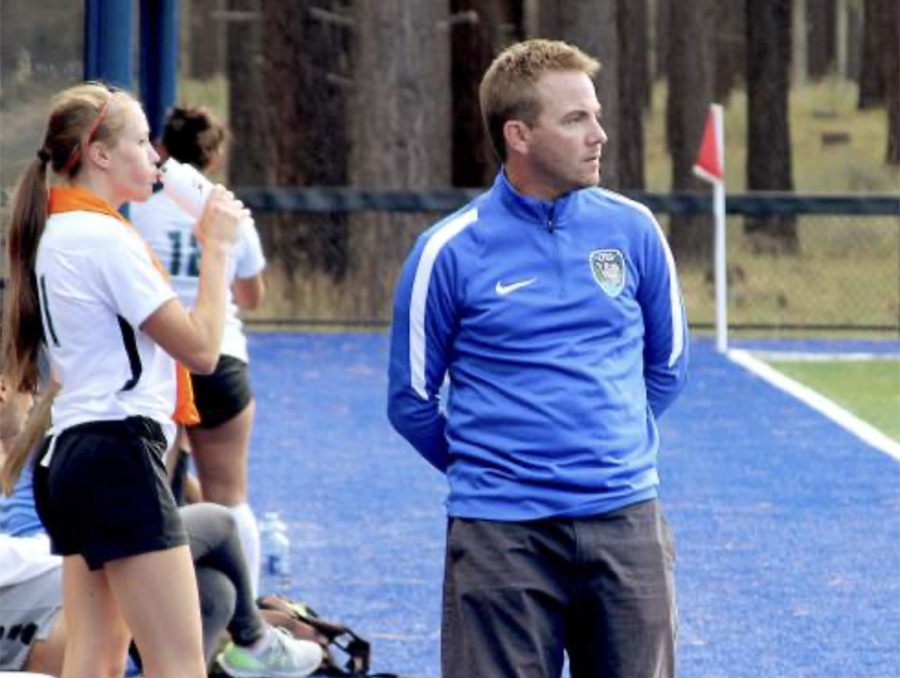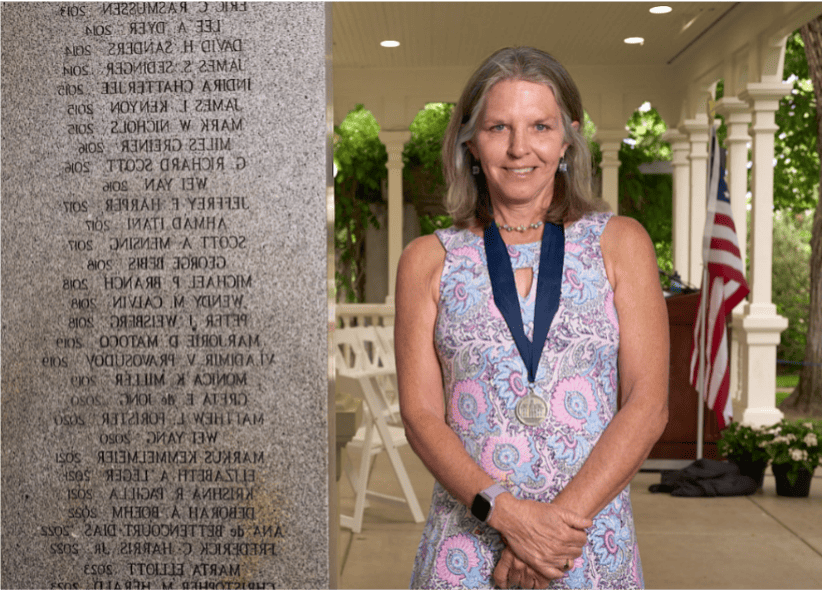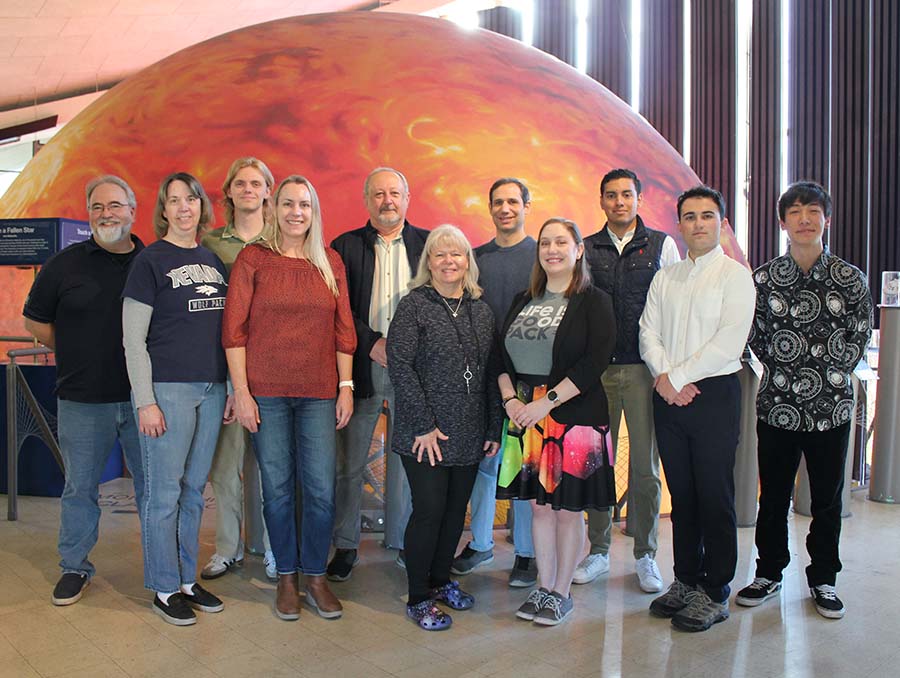When he arrived at the press room at the French Open tennis championships at Roland-Garros in Paris, journalism student Nicholas Stewart found a memorable quote painted across the wall. The source, Robert Capa, was a legendary photographer for Life magazine in its heyday, and he said: “The pictures are there, and you just have to take them.” (It’s also inscribed in French translation as “Les photos sont là, il ne te reste plus qu’à les prendre.”)
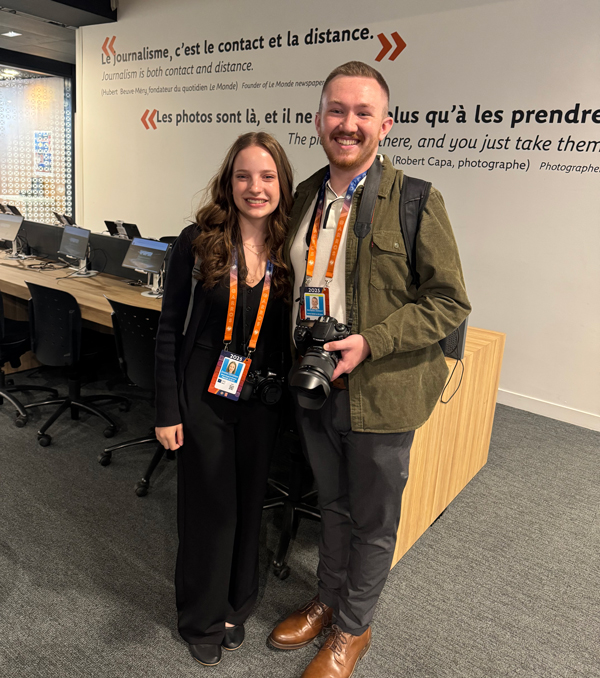
While marvelously pithy, this is far less detailed and complicated than what Stewart had learned about photography as a student at the University’s Reynolds School of Journalism (RSJ). The 20-year-old Renoite had never before traveled east of Salt Lake City, but now he was in Paris with an official French Open press pass hanging around his neck next to his Canon EOS 90D camera. From the press room beneath the 15,000-seat Philippe Chatrier stadium, he emerged outside to the enviable courtside perch reserved for credentialed photojournalists. Poised at the edge of the famous red-clay surface, he took terrific action shots of Aryna Sabalenka, the world’s No. 1 ranked women’s singles player. For Stewart, who’s the photo editor of the student-run Nevada Sagebrush, this was an extraordinary opportunity.
Stewart was one of 15 Reynolds School students who spent 10 days in Paris in May for a three-credit study trip that I led together with professors Jim Scripps and Zeynep Altinay (who was a star player and captain of the tennis team during her time at Binghamton University). It was the first time that many of the students had ever traveled internationally. They all spent three days at the French Open, and they also met with prominent English-language journalists in Paris. Matthew Futterman, an acclaimed tennis writer for The Athletic (the sports arm of the New York Times), chatted with students in the press room. Eleanor Beardsley, the Paris correspondent for NPR, bicycled over to meet us for pizza. Agnès Poirier, a Paris native who writes about French politics and culture for the Times and The Guardian of London, met us at Le Rouquet, a café on Boulevard Saint-Germain. She picked the venue because it was frequented by the author Simone de Beauvoir, who figures prominently in “Left Bank,” Poirier’s book about Parisian intellectuals and artists in the 1940s. And Meg Zimbeck, the founder of Paris By Mouth, which publishes influential restaurant reviews and runs top-rated food tours, served a cheese platter to Nevada students at her apartment in the Marais district.
This is the second summer in a row that the Reynolds School has taken students to Paris. In 2024 we brought 16 students to the Summer Olympics as part of the launch of our new program in sports media. In both cases, the RSJ paid for the housing for all the students and provided several with additional grants to help cover the cost of airfare. Dean Gi Woong Yun, originally from Korea, prizes international travel as a learning experience. In addition to the two Paris trips, a group of RSJ students spent the last spring break doing science journalism in the rainforests of Costa Rica.
The international forays have already proven to be a valuable recruiting tool for the journalism school. Emma Christian from Galt, California, a small town outside of Sacramento, decided to study at the RSJ partly because she heard about the Olympics trip. Arriving at Roland-Garros right after finishing her first year at the University of Nevada, Reno, Christian, who’s 19 years old, was probably the youngest credentialed reporter among the hundreds of members of the international press corps at the event. She tracked the progress of Ethan Quinn, originally from Fresno, who had recently won the NCAA national championship as a University of Georgia student. Quinn made it to the third round, which put him in the top 32 players at the tournament, an excellent showing for someone who had only recently turned pro. Christian got insightful quotes from Quinn’s coach, Brian Garber, and placed her story in the Galt Herald, her hometown newspaper, which ran it along with action photos by Stewart. She also wrote a feature story about Tribune Bleue, a recently formed and highly visible French fan group that cheered loudly for the French players, sometimes making the traditionally genteel environs of Roland-Garros seem more like a raucous European soccer stadium.
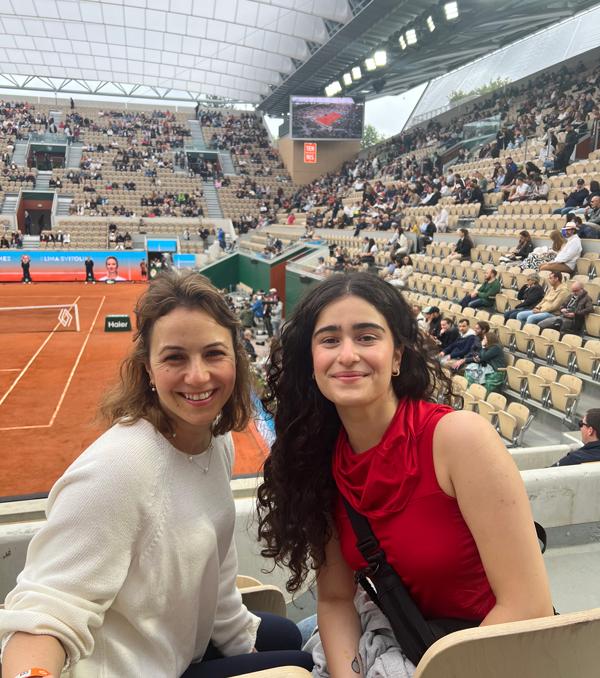 Professor Zeynep Altinay and student Duru Dila Canyurt watched Turkish women’s singles competitor Zeynep Sönmez's match from reserved seats at Suzanne Lenglen stadium, after a successful interview with the player.
Professor Zeynep Altinay and student Duru Dila Canyurt watched Turkish women’s singles competitor Zeynep Sönmez's match from reserved seats at Suzanne Lenglen stadium, after a successful interview with the player. Other students found intriguing material at the French Open as well. Zoe Cruz landed a revealing interview with Taylor Townsend, an American player who had won the women’s doubles championship at Wimbledon in 2024. Townsend, who had been sidelined by a concussion, was trying to make a comeback in Paris. Duru Dila Canyurt, from Turkey, reported on Turkish women’s singles competitor Zeynep Sönmez, whose coach invited Canyurt and Altinay to watch from the seats reserved for the player’s family. Samantha Wagner and Genevy Machuca wrote about a luxury-suite lunch held by Cancer Research Racquet, where philanthropic donors met with cancer researchers whose work they funded— all while watching Sabalenka win her first-round match. We found out about the event through one of the organization’s co-founders: the University’s First Lady, Lauralyn Sandoval (’92), who was a journalism major and tennis star as an undergraduate.
After three days at Roland-Garros, the students spent the rest of the trip pursuing their own story ideas in Paris, working in their choice of media, including audio, video, photography, social media and long-form writing. Samuel Kahnke and Alin Beane both wrote about what civic leaders in Reno can learn from Paris’ recent success at promoting bicycling as a way of getting around town. Kahnke also reported on the burgeoning anti-tourist “resistance” movement in the Montmartre district. Morgan Kilbourne covered the news of France’s impending ban on smoking at beaches and public gardens and near schools.
Cameron Perkins wrote about Caveau de la Huchette, a subterranean Latin Quarter jazz club in a 16th-century building where the French revolutionaries once gathered. Since the 1940s, youthful Parisians have gone swing dancing to live jazz in its vaulted cellars. I was pleased to hear from the students that many of them went night after night to this club, because I had loved going there on my own first trip to Paris in 1989, when I was a 24-year-old. Exploring Paris was a transformative experience for me as a young journalist right out of college. Now, decades later, I’m thrilled to see my students sharing this sense of discovery.
